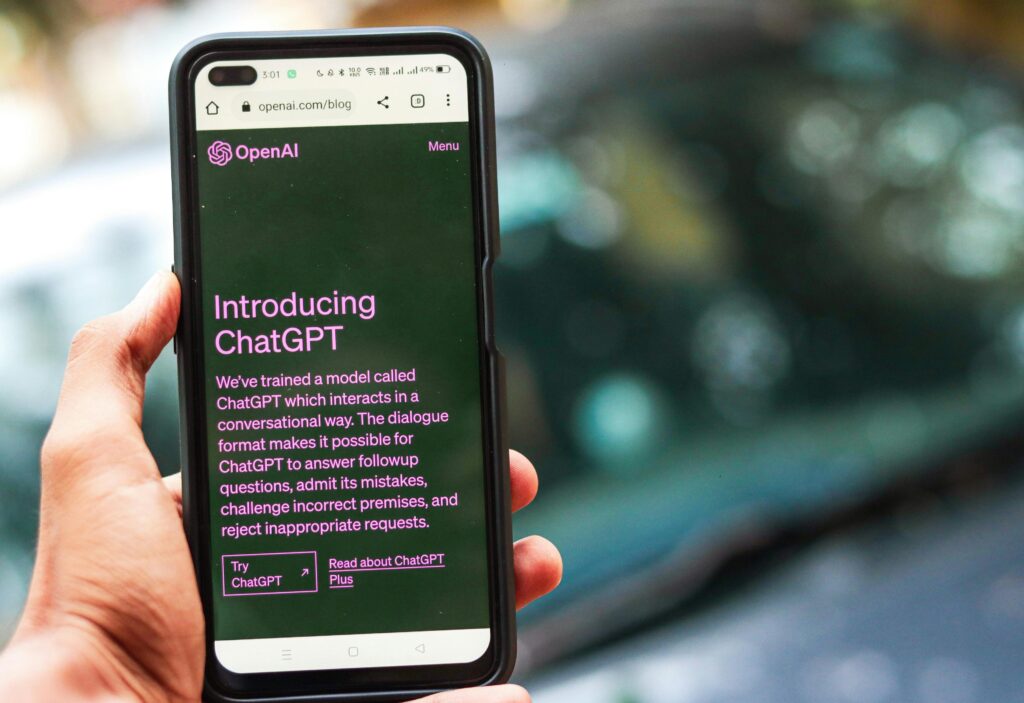Cryptocurrencies have transformed the global financial landscape, offering new investment opportunities. However, for many people, understanding how they work and how to start investing in them can be a challenge. In this article, we’ll explore what cryptocurrencies are, how to begin investing, and how to earn money in the crypto world.
What Are Cryptocurrencies?
Cryptocurrencies are digital currencies that operate through blockchain technology—a decentralized and secure system that does not rely on banks or governments. Unlike traditional currencies, cryptocurrencies have no central authority regulating them, which makes them a unique investment option.
How does blockchain work?
The key to understanding how cryptocurrencies work lies in blockchain technology. The blockchain is a public database that securely and transparently records all cryptocurrency transactions. Each transaction is grouped into blocks that are linked together, creating an immutable record. This decentralized system ensures the security of cryptocurrencies, making transactions trustworthy and protected against manipulation
How to start investing in cryptocurrencies
If you’re interested in investing in cryptocurrencies, here are a few essential steps to get started:
Create a digital wallet
A digital wallet is essential for storing your cryptocurrencies. You can choose between software or hardware wallets depending on your security and convenience needs.
Choose an exchange platform
There are various platforms where you can buy, sell, and trade cryptocurrencies. Some of the most popular include Coinbase, Binance, and Kraken. Make sure to choose a reliable and secure platform.
Buy your first cryptocurrencies
Once you’ve selected your exchange platform, you can start investing. The most well-known cryptocurrencies are Bitcoin and Ethereum, but there are also many promising altcoins.
Protect your investment
The cryptocurrency market is highly volatile, so it’s crucial to monitor market fluctuations closely and take measures to protect your assets—such as enabling two-factor authentication on your accounts.
Strategies to make money with cryptocurrencies
There are several ways to invest and generate income with cryptocurrencies. Some of the most common strategies include:
- Crypto trading: Buying and selling cryptocurrencies quickly to take advantage of market movements.
- Long-term investment: Buying cryptocurrencies and holding them for an extended period, hoping their value will increase over time.
- Staking: Some cryptocurrencies offer rewards for holding them in a specific wallet, known as staking.
Learn more about blockchain and fintech with ENEB
If you’re interested in diving deeper into the world of cryptocurrencies and blockchain, ENEB (European Business School of Barcelona) offers specialized programs in these areas. One of the most prominent is the Master’s in FinTech and Blockchain.
This program is designed for those who want to learn about the latest technological innovations, how cryptocurrencies work, and how to invest successfully in the blockchain ecosystem.
The blockchain master’s program will give you the knowledge needed to understand the impact of cryptocurrencies on the financial sector and how to use blockchain technology to develop innovative solutions. Additionally, upon completing the program, you’ll be prepared to lead in the field of digital finance.
You can learn more about the program here: Master in Fintech and Blockchain – ENEB.
Conclusion
Cryptocurrencies are redefining the way we invest and manage money, offering a decentralized and highly innovative alternative. From understanding how blockchain works to learning effective investment strategies, the world of cryptocurrencies is full of opportunities—but also risks.
If you’re interested in investing in this market, it’s essential to start with a solid foundation of knowledge and be aware of the risks involved.
To continue learning and staying updated on the latest news and trends, it’s crucial to follow reliable sources such as CoinDesk and Cointelegraph—two of the most important platforms for cryptocurrency and blockchain ecosystem information. These sites offer up-to-date analysis, news, and advice to help you make informed decisions.





